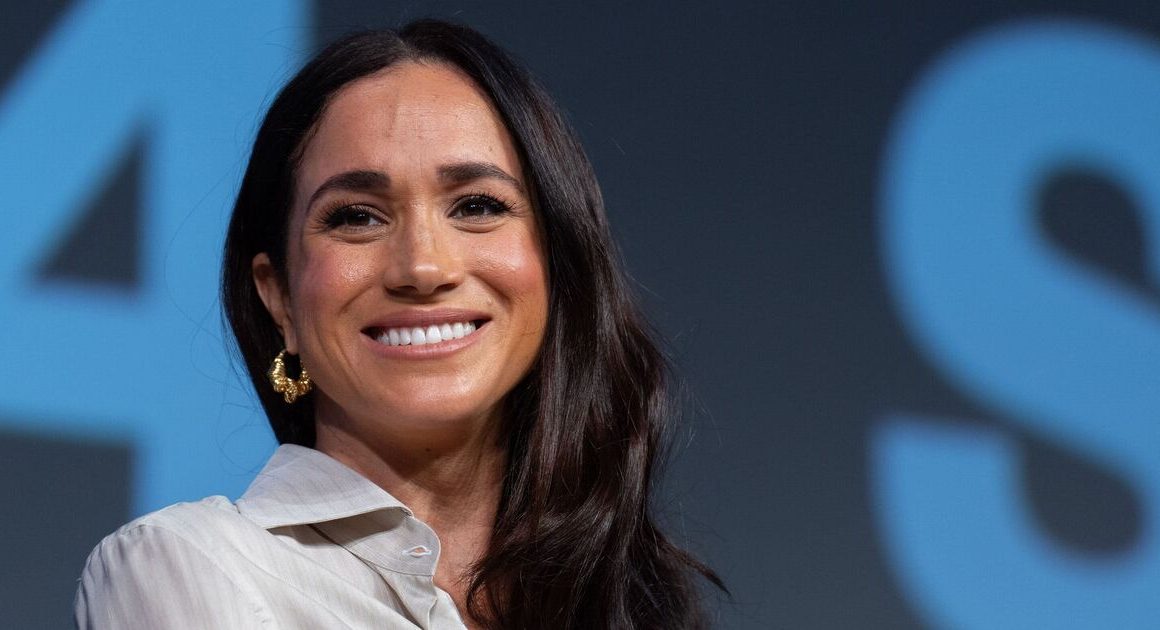The National Portrait Gallery has been slammed after it wrongly claimed an art dealer launched his career using money from slavery.
The gallery said Edward Fox White launched his career from a compensation payout his father-in-law received for freeing slaves. It said the cash helped “establish and sustain” his career.
Curators at the London attraction had now been forced to admit there was “no evidence” for the link after it was picked up by Donald Gajadhar, White’s great-great-grandson.
The caption has now had any mentions of slavery removed. Gajadhar is however asked for a public retraction of the comment.
“The claim simply isn’t true,” he told The Telegraph. “They had no evidence that his father-in-law, Moses Gomes Silva, gave him any money from his slave compensation.
“It seems to me that it was put there to tick some boxes, but that’s not right, they should have done their due diligence.”
The oil painting, from French artist James Tissot, was sold by Gajadhar’s grandmother to Christie’s in 1988 and is currently on loan to the National Portrait Gallery.
Gajadhar, who runs Fox-White and Associates, an art appraisal firm founded by White, noticed the caption when he visited the gallery last year.
The caption read: “White’s first marriage linked him to a wealthy Sephardic Portuguese Jewish family who had owned Jamaican sugar plantations.
“Following Abolition in 1836, White’s future father-in-law received a ‘large amount’ of compensation for 28 enslaved Africans – money that would later help establish and sustain White’s career.”
Gajadhar, who is of English, West Indian and Indian descent, said that, because the firm he runs from New York is “Black owned”, it is “not good” to say it was “founded on the backs of slavery compensation”.
The gallery had reportedly said there was a “direct link” between the compensation White received and slavery but did reveal the source of its claim to The Telegraph.
The capation was updated to remove an inaccurate statement saying Gomes-Silva was Portuguese. It also changed the number of slaves and added a note saying it was “not clear” whether White received money from slavery.
A freedom of information request subsequently revealed that the gallery was basing its claim on research done by Gajadhar’s own family. It showed Silva, in 1876, received £367 compensation for 20 enslaved Africans – approximately £50,000 in today’s money – which it is believed he used to relocate his family from Jamaica to the UK.
When he died his daughter inherited a portion of the estate. The family say their research did not link them to slavery.
A new version of the caption does not mention slavery. A spokesman for the gallery said: “Having listened to Mr Gajadhar’s concerns, the gallery accepted that there was insufficient direct evidence to show that compensation money received by his father-in-law benefitted White’s financial situation and business.
“Following the correspondence with Mr Gajadhar, we have amended the label, which is on public view next to the portrait. We have thanked him for his feedback and would be very happy to continue to discuss the matter with Mr Gajadhar, if there are further areas of concern.”












